ASCs: Surgery Moves Out of the Hospital
Low-acuity surgeries and procedures (joint replacement, cataract surgery, endoscopy) are performed in various settings: ambulatory surgery centers (ASCs), hospitals or hospital outpatient departments. Though the explosive growth of ASCs has leveled off since the mid-2000s, the number of centers and surgeries performed there continues to increase. Hospitals, which formerly opposed the formation of ASCs, are now opening new ASCs on their own or in joint ventures with physicians.
ASC ATTRIBUTES:
-
01
Ownership Any number of parties: physicians, management companies, hospitals.
-
02
Location Anywhere, subject to certificate of need (CON) programs currently active in 34 states. CON programs regulate the opening of new healthcare facilities in a given location.
-
03
Reimbursement Approximately 60% of what hospitals are paid for any given procedure (due to different payment schedules for ASC- versus hospital- based procedures).
-
04
Cost of care Savings of more than $40 billion for procedures in ASCs versus a hospital. For example, in 2014, cataract surgery cost $2,932 in an ASC, $5,672 in a hospital. Savings would also accrue to patients themselves; it’s estimated that a family of four would save $525-$874 a year if all outpatient surgery was reimbursed at ASC rates.
-
05
Efficiency 25% increased efficiency in ASCs over hospitals.
-
06
Quality Similar or superior to hospital- based care.
-
07
Patient satisfaction Often higher in ASCs secondary to a number of factors (ease of parking, ease of navigating smaller buildings, care team focus on specific types of procedures).
Value-based models will push more low-acuity surgical care to ASCs, which deliver reduced cost, increased efficiency and patient satisfaction, and equal or better quality. Despite political opposition from hospitals that wish to preserve their higher reimbursement, the numbers are too compelling. Hospitals will still be the location for emergency/trauma/high-complexity surgeries. The number of ASCs will increase steadily (as will the number of ASCs with hospital partners) unless there is a closing of the gap in reimbursement between care in ASCs versus hospitals, in which case ASC-based care will accelerate dramatically.
Equal or better outcomes
Improved patient satisfaction
Improved physician satisfaction
-
$40
billion in savings
-
25%
more efficient
-
40%
less per procedure
THOUGH THE TOTAL NUMBER OF SURGERIES will increase, the conditions for which surgery is needed will decrease.
COMMON SURGERIES (PER YEAR)
CATARACTS
3.6 million
JOINT REPLACEMENT
KNEE 700,000 (2030 estimate: 3.48 million)
HIP 300,000
SHOULDER 73,000
ROTATOR CUFF REPAIR
250,000
SPINE PROCEDURES
1.4 million
ANGIOPLASTY
600,000
CANCER TUMOR REMOVAL
200,000
NONINVASIVE, EMERGING ALTERNATIVES
COMPOUND DROPS that prevent oxidative damage and abnormal protein aggregation will prevent cataracts from developing
STEM CELL REACTIVATION or implantation for cartilage regeneration
STEM CELL REACTIVATION or implantation for tendon and muscle regeneration
STEM CELL REACTIVATION or implantation for degenerative disk disease
NANOPARTICLE “SWIMMERS” that clear atherosclerotic plaques
TARGETED THERAPIES signal transduction inhibitors, apoptosis inducers, immunotherapy
CATARACT SURGERY COST 2014
-
$2,932at an ACS
-
$5,672at a hospital
